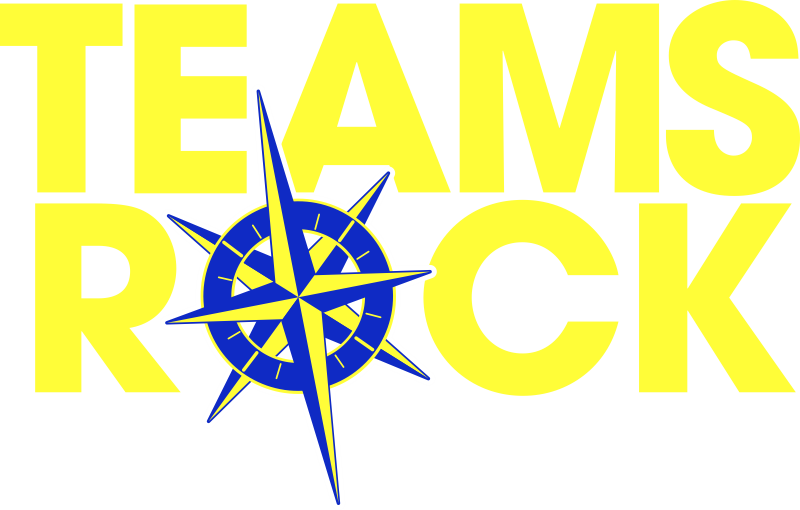In my article, Finding Your Team’s True North, I walked through a leadership development exercise designed to help a team find and recognize its “True North” – the unchanging star that is a team’s Mission, Vision and Values.
But real life doesn’t always go exactly to plan. While the team and organization’s Mission, Vision and Values doesn’t change, how we achieve those goals can change frequently.
![]() I call this the business version of “Magnetic North.” If you’ve taken a basic compass skills course you know that while True North is found by locating the star Polaris, which doesn’t shift position in the night sky, taking a compass reading will reveal that the compass almost never points directly at Polaris. That’s because the magnetic compass points to Magnetic North, using the Earth’s magnetic field to determine direction. This magnetic field shifts very slightly over time, so that it is pointing a few degrees away from True North.
I call this the business version of “Magnetic North.” If you’ve taken a basic compass skills course you know that while True North is found by locating the star Polaris, which doesn’t shift position in the night sky, taking a compass reading will reveal that the compass almost never points directly at Polaris. That’s because the magnetic compass points to Magnetic North, using the Earth’s magnetic field to determine direction. This magnetic field shifts very slightly over time, so that it is pointing a few degrees away from True North.
When leading a team, it’s important to know the direction the team is currently headed. Is it bearing toward True North? Or is it following Magnetic North, slightly off course? You’ve got to recognize that and then navigate the challenges and variations in goals and benchmarks so that they get back on and stay on course.
This can happen in companies large and small. Your team is not the only team in the company, and you know how the team fits into the larger organization to support the mission. If a team doesn’t integrate well with the other teams, if it doesn’t communicate well, it can hold up the entire organization. However, a team leader who’s observant of what’s happening within a team, and who communicates regularly with the team to keep them aware of the mission, can keep the team on course and well-integrated with the overall goals of the organization.
Know the strengths and weaknesses of your team members, as well as what they are dealing with, both externally and internally within the team, in their day-to-day journey. That way, you’ll know how each team member will react when they run into variables. That will help you be able to make adjustments to the parts of a project that you have control over.
The adjustments and deviations can include:
- The projects your team works on
- The people on your team
- The direction of the team
- How the team will accomplish a certain project
- Whether the team agrees on the process to accomplish a goal
- New members joining the team
All of these factors can swing a team slightly off course. It’s up to you to recognize and make the correction when necessary.
 Excerpted from One Team, One Dream by Gregg Gregory
Excerpted from One Team, One Dream by Gregg Gregory
For more information, get your copy of Gregg’s book, One Team, One Dream today! Available in both print and electronic versions!
Bring Gregg to you!
Featured seminar – Synchronize Your Team


Leave A Comment